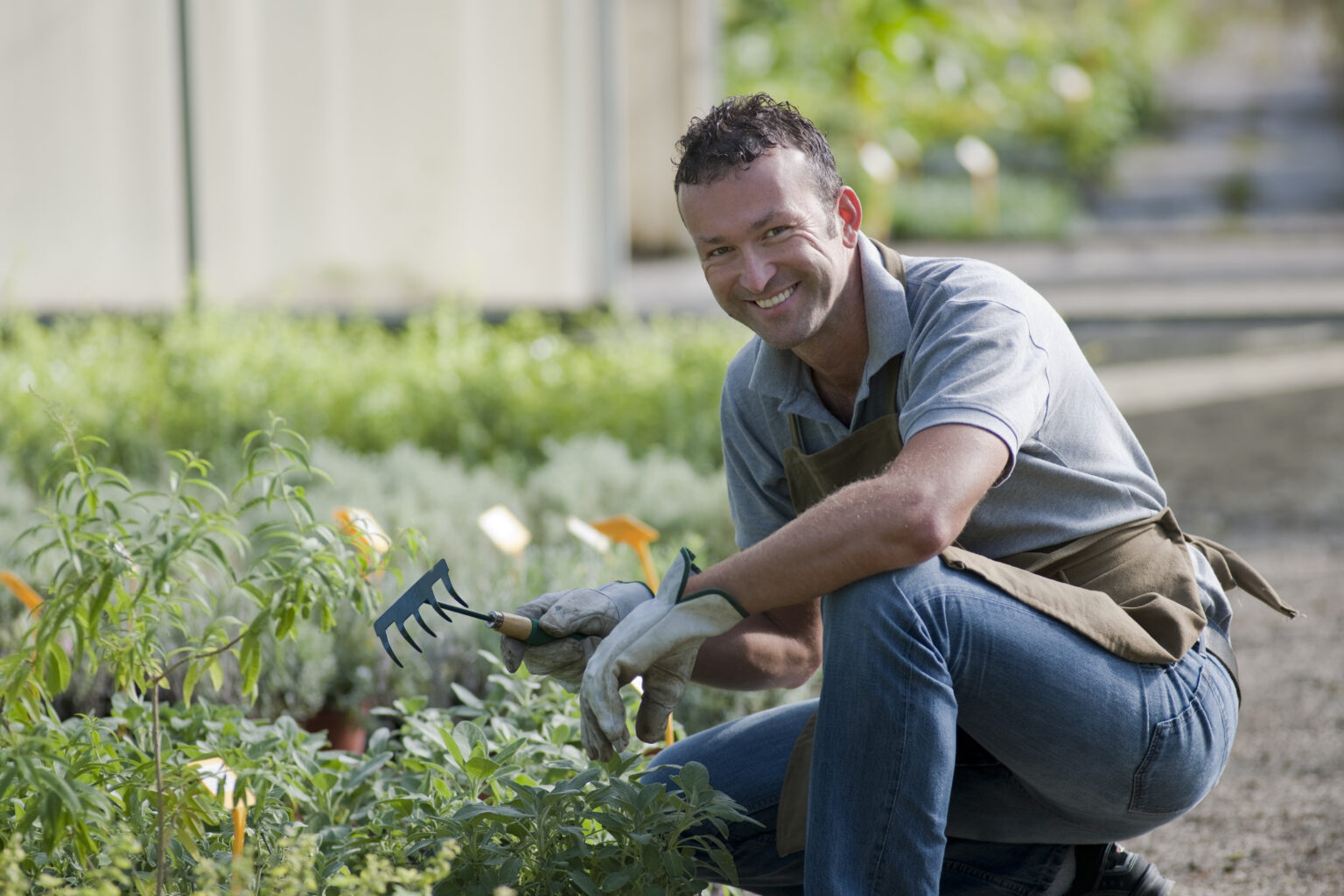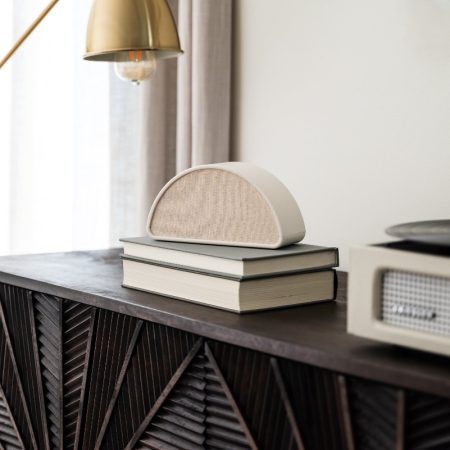Gardening is not just about plants; it’s also about the gardener’s comfort and protection. Proper attire is crucial for anyone engaging in horticultural activities. Practical clothing can make a substantial difference in both enjoyment and safety. Whether tending to a small patch of herbs or labouring over extensive flower beds, appropriate garments shield against the elements, insects, and potential irritants.
Selecting attire for gardening requires considering the weather, the tasks, and the environment. Lightweight, breathable fabrics are preferable for warmer weather to keep the gardener cool and allow for ease of movement. In contrast, more excellent conditions necessitate layers that can be easily added or removed as the body temperature fluctuates with exertion. Durable materials and reinforced areas, particularly around the knees and elbows, can withstand the wear and tear of gardening tasks.
Choosing the proper footwear is equally important. It offers comfort for prolonged standing and protection from sharp objects and moisture. Gloves guard hands against thorns, chemicals, and rough materials, while hats and sunglasses provide sun protection. Every season, the gardener’s clothing choices balance practicality and personal comfort, facilitating a more enjoyable and practical gardening experience.
Understanding Gardening Apparel
Selecting the proper apparel for gardening optimises comfort and ensures the individual’s protection. The clothing chosen should be both functional and suited to varying weather conditions.
The Importance of Comfort and Protection
Comfort and protection are paramount in gardening attire. Gloves, for instance, are indispensable for safeguarding hands against abrasive materials and irritant plants. One must opt for gloves that are both comfortable to wear and capable of resisting punctures.
Choosing the Right Materials
The materials of gardening clothes ought to be lightweight and breathable. Cotton and linen are preferred because they can wick moisture away, keeping the gardener cool and dry. Synthetic fibres, when used, should be incorporated for their durability and ease of cleaning.
Appropriate Clothing for Different Seasons
Gardening requires adaptability throughout the year:
- Spring/Summer: Clothes should be lightweight to prevent overheating.
- Autumn/Winter: Layers are essential to retain warmth, starting with a thermal base and adding water-resistant outer layers.
The Role of Colour in Gardening Clothes
While the colour of one’s gardening attire might be a matter of personal preference or style, it also has practical considerations. Light colours reflect sunlight, keeping the individual cool in summer. In contrast, darker hues are more effective at hiding stains and dirt that are common in gardening activities.
Essential Gardening Garments
When dressing for gardening, one must consider protection, functionality, and comfort. The fitting garments shield against the elements and provide practicality with pockets and durable materials.
Gardening Trousers and Overalls
Gardening trousers and overalls are designed to be rugged and resistant to wear. They typically feature reinforced knees and multiple pockets useful for carrying gardening tools. Materials like heavy cotton or canvas are preferred for their durability. Overalls or trousers with loose-fitting pants made of such fabrics provide ample protection whilst ensuring a comfortable range of motion.
Shirts and Long-Sleeved Tops
Robust shirts made of breathable fabrics are advisable for gardeners. Long-sleeved tops offer protection against the sun and prevent scratches from plants. Opt for lighter colours to reflect sunlight and keep calm, and consider tightly woven materials that provide added defence against UV rays.
Hats and Sun Protection
A wide-brimmed or sun hat is critical to shield one’s face and neck from the sun. These hats provide an extra layer of sun protection to complement sunscreen, reducing the risk of sunburn. Materials that enhance the hat’s UPF (Ultraviolet Protection Factor) rating will further protect the skin.
Footwear Essentials
Proper gardening footwear is fundamental for both protection and practicality. Rubber Wellington boots are waterproof and perfect for wet conditions. Waterproof boots with sturdy soles offer grip on uneven terrain. In contrast, lighter, breathable boots may be more suitable for dry conditions. It’s vital that all footwear used for gardening supports the arch and is puncture-resistant to protect against sharp objects.
Gardening Accessories
Choosing the right accessories can enhance the gardening experience by providing comfort and protection. These items are integral in ensuring safety, functionality, and longevity.
Gloves and Hand Protection
Gardening gloves crafted from high-quality materials such as nitrile or water-repellent leather offer durability and grip, keeping hands safe from thorns and blisters. They often come in various sizes to accommodate different hands and can be lined for additional warmth.
Knee Pads and Garden Kneelers
Gardeners should consider using knee pads made from memory foam or neoprene to protect the knees. These materials provide cushioning and support, reducing strain during long periods of kneeling. Garden kneelers, often waterproof and durable, can also assist, with some designs featuring handles for more effortless movement.
Eye Protection and Sunglasses
Protective eye gear is essential for dealing with bright sunlight or flying debris. Safety glasses shield the eyes during tasks like trimming or soil preparation. UV-resistant sunglasses help prevent eyestrain and damage for sun protection.
Seasonal Extras and Miscellaneous Items
Different seasons require additional accessories. In summer, a cap or sunhat is advisable to protect against sunburn, while sunscreen is necessary. In colder months, thermal hats can help retain heat. Gardeners may also use aprons with pockets to keep tools close at hand.
Garden Safety and Maintenance
Garden safety and maintenance are crucial to ensuring a rewarding and injury-free gardening experience. Individuals must wear appropriate clothing and use tools and chemicals safely.
Protecting Yourself from the Elements
When gardening, it is critical for one to wear comfortable and breathable clothing to facilitate movement and reduce the risk of overheating. Long-sleeved shirts and trousers can shield the skin from harmful sun exposure while protecting it from scratches and insect bites. Here is a list of advisable attire for sunlight protection:
- Sunscreen: Broad-spectrum protection against UV rays is necessary, even on overcast days.
- Hats: A wide-brimmed hat to protect the face and neck.
- Sunglasses: Ideally, sunglasses should offer a high UV protection rating.
In unpredictable weather, wearing waterproof garments can keep gardeners dry and comfortable.
Ensuring Safety with Tools and Chemicals
One needs to exercise caution when dealing with garden tools, especially secateurs and power tools.
- Secateurs: Keep sharp and clean to avoid injury and ensure efficient cutting.
- Power Tools: Ensure they are in good working order and used according to the manufacturer’s instructions.
Safety glasses or goggles can offer crucial eye protection, preventing debris from causing injury during gardening tasks.
- Safety Glasses: Wear these when operating power tools or mixing chemicals.
Proper handling of chemicals in the garden requires careful adherence to the guidelines provided by organisations like the Royal Horticultural Society (RHS):
- Chemicals: Always follow the instructions on the label and wear gloves and other protective clothing as necessary.
Regularly clean and maintain tools and equipment to preserve functionality and prevent accidents.
Selecting the Right Gardening Shoes
When gardening, one’s attire can influence both comfort and effectiveness. A critical aspect is the choice of appropriate footwear, which varies depending on the season and specific gardening tasks.
Summer vs Winter Footwear
Summer: For hot weather, breathability and comfort are paramount. Sandals or light clogs can provide adequate air circulation, reducing the risk of blisters. They should feature a thick platform to protect the soles from sharp objects.
Winter: In cold weather, insulated boots, commonly known as wellies, maintain warmth. Wellies should be waterproof and extend high enough to prevent water and mud ingress.
Finding the Perfect Fit
A snug fit ensures stability, yet sufficient room is crucial to prevent constricting blood flow or causing discomfort during prolonged use. When trying new shoes, one can test this by wearing their typical gardening socks. Flexibility in the shoe allows for more effortless movement and comfort for those who use a garden kneeler.
Critical Features for Gardening Boots
- Waterproofing: Imperative for rainy weather, waterproof materials keep feet dry.
- Traction: A sturdy sole with a good grip minimises the risk of slips on wet or uneven ground.
- Durability: Quality materials resist wear from frequent contact with soil and plant matter.
- Comfort: Adequate padding reduces the chance of foot fatigue.
- Ease of Cleaning: Choose materials that allow easy washing and are essential for maintenance and hygiene.
Seasonal Gardening Outfit Tips
Gardeners’ attire must adapt to seasonal changes to ensure comfort and protection. These outfit tips cater to different weather conditions, focusing on the essentials for each gardening season.
Dressing for Summer Gardening
Gardeners should opt for lightweight, breathable clothing in the summer to stay cool during hot weather. A long-sleeved shirt made of fabric like cotton can protect the skin from sunburn while allowing air circulation. Trousers should be similarly lightweight and durable. Wearing a wide-brimmed hat is crucial to shield the face and neck from direct sunlight. Regardless of cloud cover, gardeners must apply broad-spectrum sunscreen to exposed skin to prevent sun damage.
Appropriate Winter Gardening Attire
Winter gardening requires layers to maintain warmth in cold weather. Gardeners should add a fleece or wool mid-layer for insulation, starting with a thermal base layer that wicks away moisture. The outer layer should be water-resistant and windproof to protect against harsh winter conditions. Durable, waterproof boots with non-slip soles are essential to keep feet warm and dry. Also, thermal gloves are necessary for maintaining nimble hands while planting and handling tools.
Adapting to Spring and Autumn Variability
Spring and autumn present variable weather conditions that can change rapidly. Gardeners should dress in layers, starting with a moisture-wicking base layer, added with a light fleece or hoodie and a waterproof jacket on standby. Convertible trousers that can zip off into shorts offer flexibility for warming temperatures. Keeping a lightweight hat and gloves for unexpected cold spells is also wise. Applying sunscreen remains important during these seasons, as UV rays can still be intense despite cooler temperatures.
Frequently Asked Questions
Gardening attire varies with activity, weather, and personal preferences. The following addresses common attire queries for gardening enthusiasts.
What attire is recommended for women while gardening in varying weather conditions?
For women gardening in different weather conditions, breathable fabrics like cotton are recommended for comfort during warm weather. At the same time, layers of fleece or wool can be advisable for colder climates. Waterproof outerwear is essential for rainy days.
How should men dress for horticultural work to ensure comfort and protection?
Men should opt for durable, comfortable clothing such as overalls or work trousers paired with long-sleeved shirts to protect against scratches and the sun. Sturdy boots are also essential for foot protection.
What are the essential garments for winter gardening to maintain warmth and mobility?
For winter gardening, insulated jackets, thermal tops, and waterproof trousers are necessary to retain warmth. Layering is also essential, allowing the removal or addition of items to regulate temperature without restricting movement.
Can you suggest waterproof clothing options for gardening during wet conditions?
Waterproof jackets, trousers, and hats are vital for gardening in wet conditions. Clothing from materials like Gore-Tex or rubberised fabrics offers sufficient protection while keeping the gardener dry.
What considerations should be considered for a stylish yet functional gardening ensemble?
A blend of practicality and personal style should guide the choice of gardening wear. Opt for protective, durable fabrics in designs and colours that reflect individual style, considering functionality such as pockets for garden tools.
Is it necessary to wear long trousers during gardening to protect against skin abrasions and insect bites?
Long trousers are advisable to protect the legs from abrasions, thorns, and insect bites. Materials such as denim or canvas provide durability and improved protection for the gardener’s lower body.







